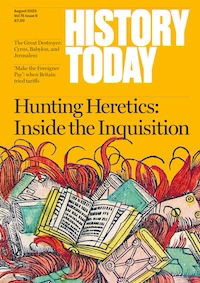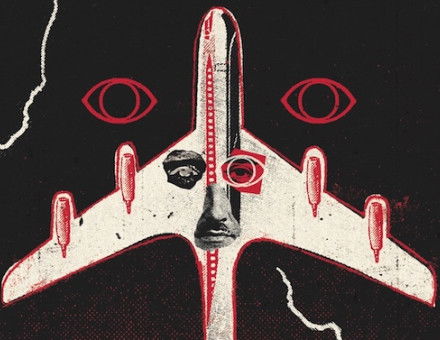The Foundation of Sinn Fein
The organisation which would become the political arm of the Irish Republican Army was founded as a nationalist pressure group on November 28th, 1905.
.jpg)
The organization which would become the political arm of the Irish Republican Army began as one of numerous nationalist pressure groups. The name means ‘Us’ or ‘Ourselves Alone’, a proclamation that the solution to Ireland’s predicament lay in the hands of its people and nobody else.
Sinn Fein was an amalgamation of groups founded by Arthur Griffith and Bulmer Hobson. In 1899 Griffith, a Dublin-born journalist, had founded the weekly United Irishman, which lambasted the Irish MPs at Westminster. The following year he established an organization called Cumann na nGaedhael (‘Tribe of the Gaels’), which was to be the principal ancestor of Sinn Fein, and merged it with the republican Dungannon Clubs, flourishing mainly in Ulster and organized by Hobson, a Belfast-born Quaker, who described them as ‘semi-literary, semi-political and patriotic’.
Griffith believed Fenian-style reliance on armed rebellion had failed and the effective tactic was passive resistance. This would involve a withdrawal from Westminster and the establishment of a national assembly in Ireland, refusing to pay British taxes, creating independent Irish courts and an Irish civil service, taking control of local authorities and boycotting British products. He wanted Ireland as part of a dual monarchy under the British crown and developing into an industrialized country. His aim was ‘to make England take one hand from Ireland’s throat and the other out of Ireland’s pocket.’ Griffith saw a precedent in the tactics of Hungarian nationalists in the 1860s, though this parallel was derided in Ireland. Though he had almost no Gaelic, he supported a renaissance of Celtic Irish language and culture.
His journal Sinn Fein was published from 1906 until it was banned in 1914 and the party attracted nationalists, pacifists and feminists. In 1908 it won fifteen seats in the Dublin local elections, but failed badly at the North Leitrim parliamentary by-election. The Sinn Feiners marked the coronation of George V in 1911 by burning Union Jacks, but for years the party had little influence outside Dublin.
The situation changed after the Easter Rising of 1916. Griffith steered clear of the rising to the disapproval of hardliners including Michael Collins, who set about reorganizing Sinn Fein as a militant republican party. Griffith stood aside to allow Eamon de Valera to be elected as Sinn Fein’s president and in 1918 the party won 73 of the 105 Irish seats at Westminster. It refused to take its seats and seceded to form an Irish parliament in Dublin, the Dail Eireann, which declared Ireland an independent republic.




